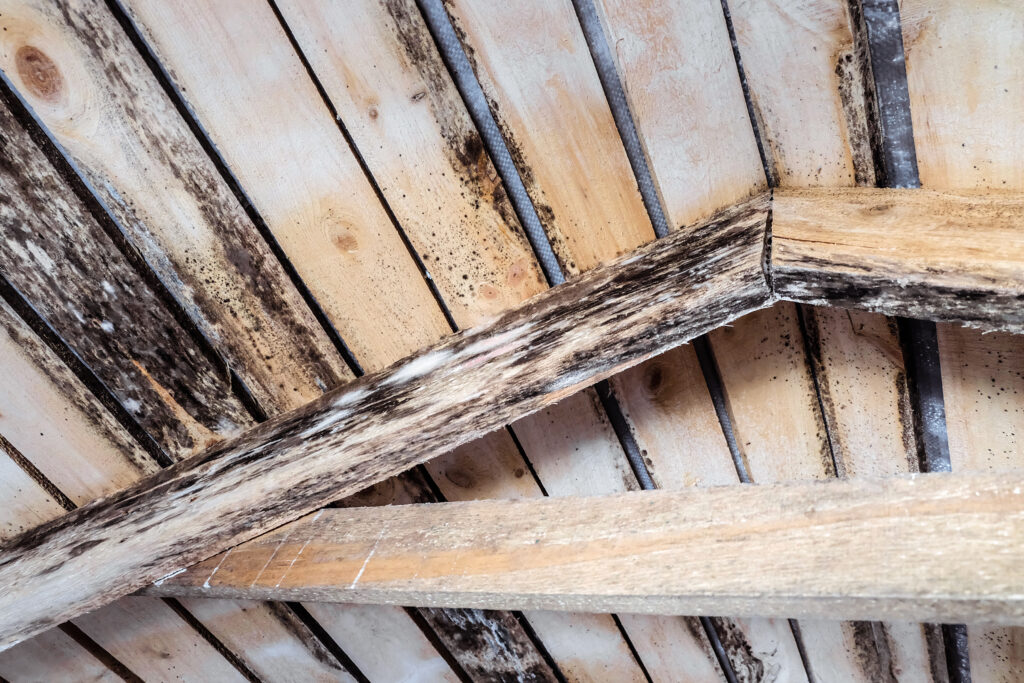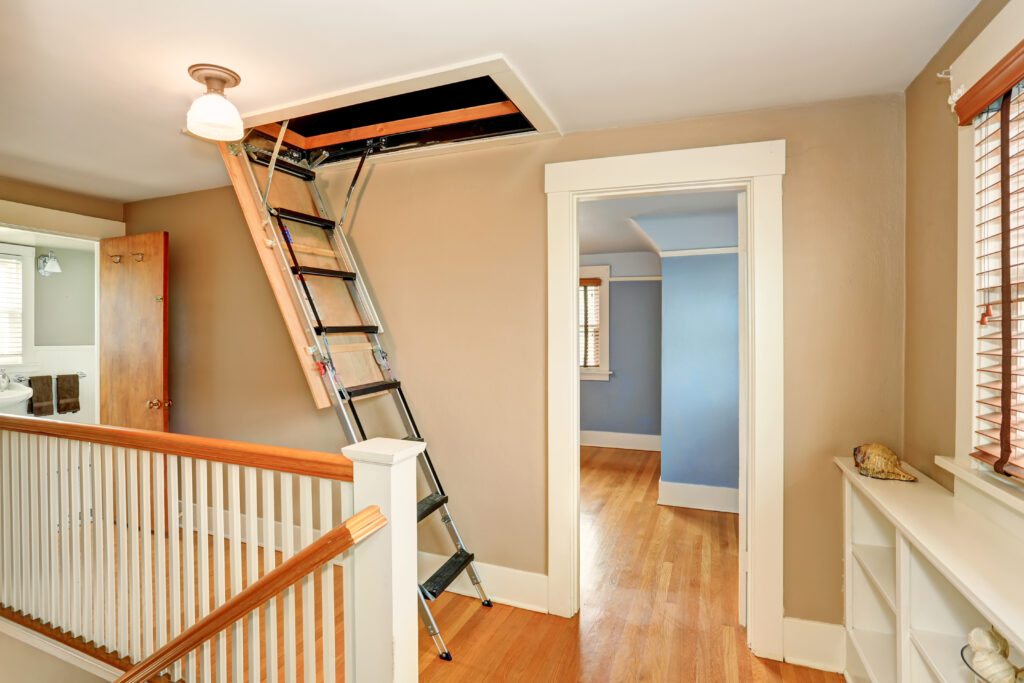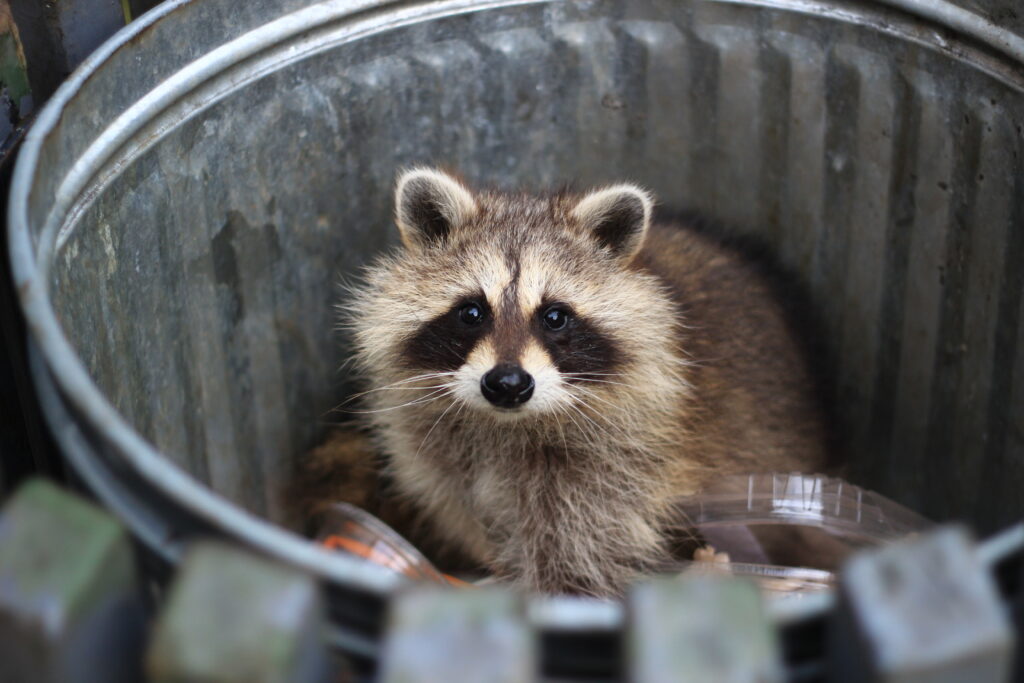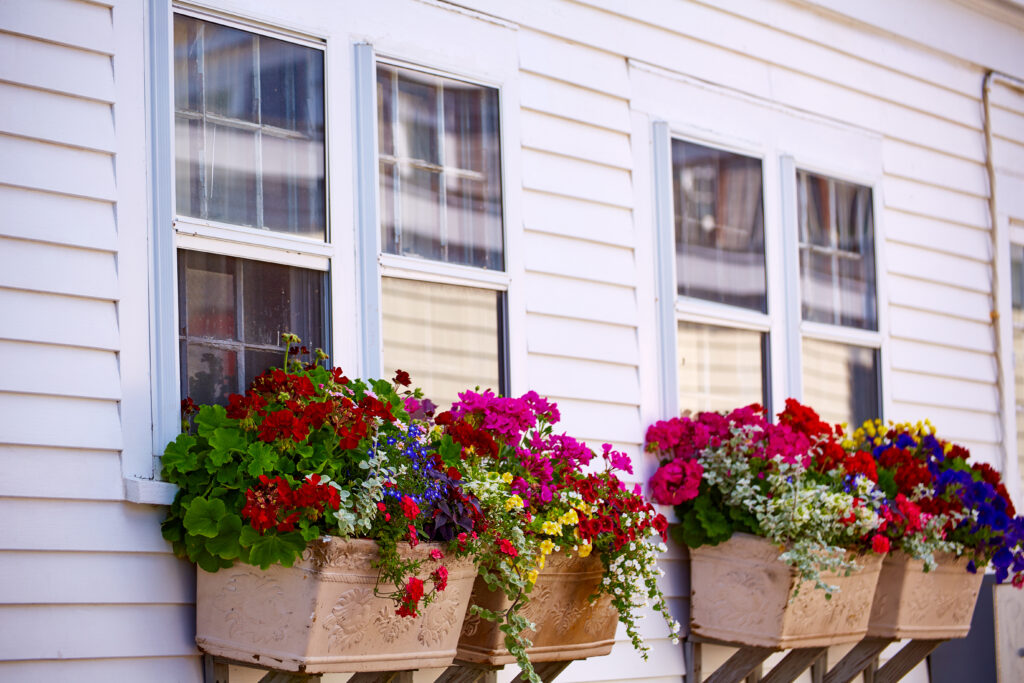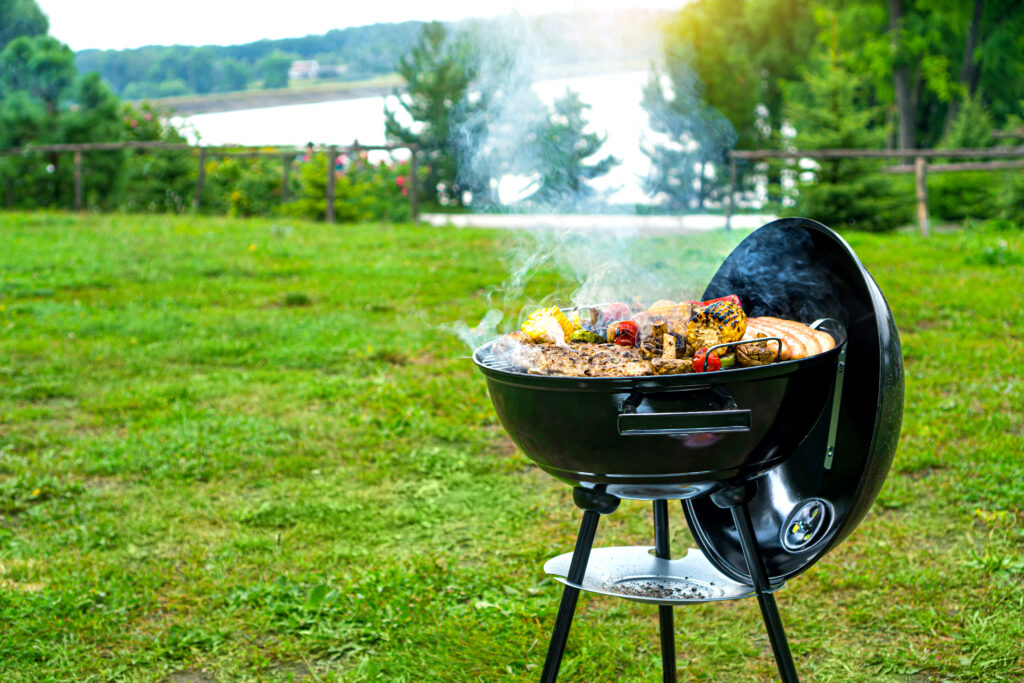
According to the Nation Fire Protection Association, an average of 10,600 home fires are started by grills each year. With May, June, July, and August being the peak months for grill fires, it’s the perfect time to learn the do’s and don’ts of outdoor grilling.
DO
- Keep your grill at least 10 feet away from your home and other attached structures, including garages and porches. This applies to both charcoal and gas grills. The farther away from your home, the lower the risk of fire.
- Clean your grill regularly, if not after every usage. If you allow grease and fat to build up on your grill, they provide more fuel for fire. By regularly cleaning your grill, you not only decrease the risk of a fire but it also helps food cook better.
- Check your grill for gas leaks regularly. Make a solution with one part water and one part dish soap and apply it to the line that connects the grill to the gas tank. If bubbles appear on the line when you turn on the gas, that’s a sign that the hose has tiny holes or that the connections are not tight enough.
- Keep water and a fire extinguisher within a couple of steps from your grill. More importantly, know how to use the fire extinguisher! If you are unsure how to use the extinguisher, don’t waste time fiddling with it before calling 911.
DON’T
- Leave your grill unattended. Fires can double in size every minute. In case the grill catches fire, an adult should be around to extinguish it quickly.
- Turn on the gas while your grill lid is closed. If you do this, it causes gas to build up in your grill and can instantly turn into a fireball when the grill lid is opened.
- Overload your grill with food. Although it seems time efficient, cooking too much food, especially fatty meats, can cause excess fat to drip down onto the grill flames. This excess fat is highly flammable and can cause a large flare-up.
- Use a grill indoors. People often think that it is safe to use a grill inside, however, this is not true. Besides a fire hazard, it also creates a serious risk of carbon monoxide poisoning that can kill you, your family, and your pets.
As fire restoration experts, we advise everyone to be vigilant when grilling. Unfortunately, fire damage incidents can still happen to the most cautious homeowners. If your property experiences fire, smoke, or soot damage, contact Whalen Restoration Services for professional and reliable fire restoration services.
